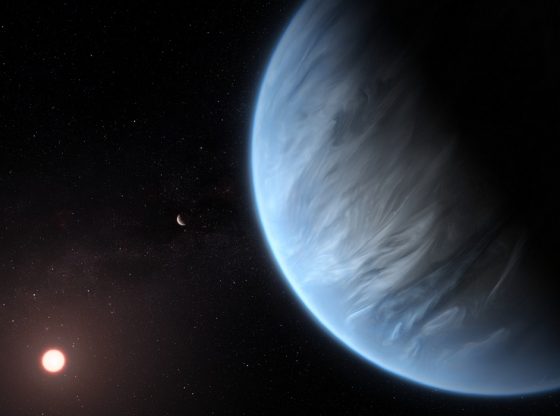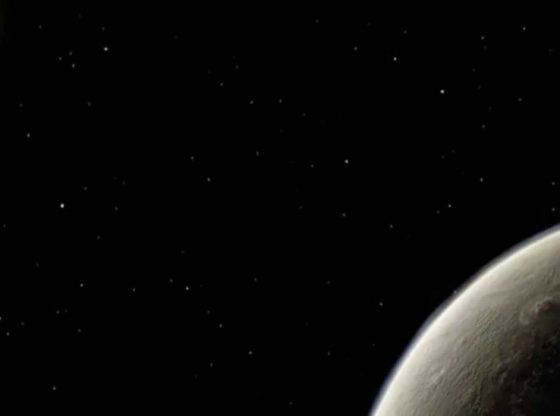
Astronomers in Belgium have observed three Earth-like planets orbiting an ultra-cool dwarf star only 40 light-years from the Sun. They made the discovery using the so-called transit method (Transit photometry) to find the planets, as they observed that the star gave off less light with certain intervals, this could only mean that something was moving between the dwarf star and the Earth, it turned out to be three planets similar in size to Earth.
Dwarf stars are smaller, cooler and redder than the sun. And this star is described as ultra-cold since it is not hotter than 2,700 degrees Kelvin, which translates into 2,500 degrees Celsius (4,500 degrees Fahrenheit). Dwarf stars are very common in our galaxy, but this is the first time that planets have been found orbiting a dwarf star.
The planets are similar to Earth and may present the best chance yet to finding life beyond our solar system. When looking for life (as we know it) beyond our own solar system, the researchers have some basic parameters to look for and check off. The planets need to be orbiting a star not too hot and they also need to be at the right distance from their parent star, as this is directly proportionate to the amount of radiation received if there is a possibility of liquid water on the surface. They can then check for such substances as carbon dioxide and oxygen. Since oxygen is made by life on Earth, it could be strong indicated that there is life present.
Since the star is relatively cool it radiates less radiation, i.e. light, which makes it much easier to indirectly study the planets. The researchers are now investigating how the planet atmospheres are affected by the light from the star.
One of the planets is expected to have less than two times the radiation that the Earth receives from of our sun. Planets of this type will be particularly interesting in the search for extraterrestrial life.
_____________
Temperate Earth-sized planet transiting a nearbyultracool dwarf star
__________________________











![OpenAI. (2025). ChatGPT [Large language model]. https://chatgpt.com](https://www.illustratedcuriosity.com/files/media/55136/b1b0b614-5b72-486c-901d-ff244549d67a-350x260.webp)
![OpenAI. (2025). ChatGPT [Large language model]. https://chatgpt.com](https://www.illustratedcuriosity.com/files/media/55124/79bc18fa-f616-4951-856f-cc724ad5d497-350x260.webp)
![OpenAI. (2025). ChatGPT [Large language model]. https://chatgpt.com](https://www.illustratedcuriosity.com/files/media/55099/2638a982-b4de-4913-8a1c-1479df352bf3-350x260.webp)








